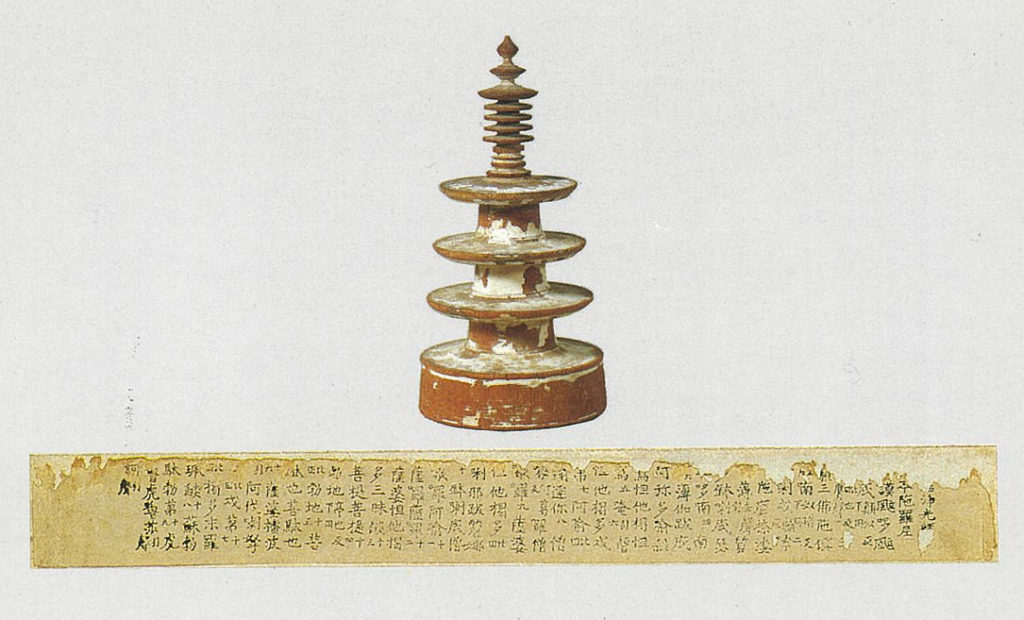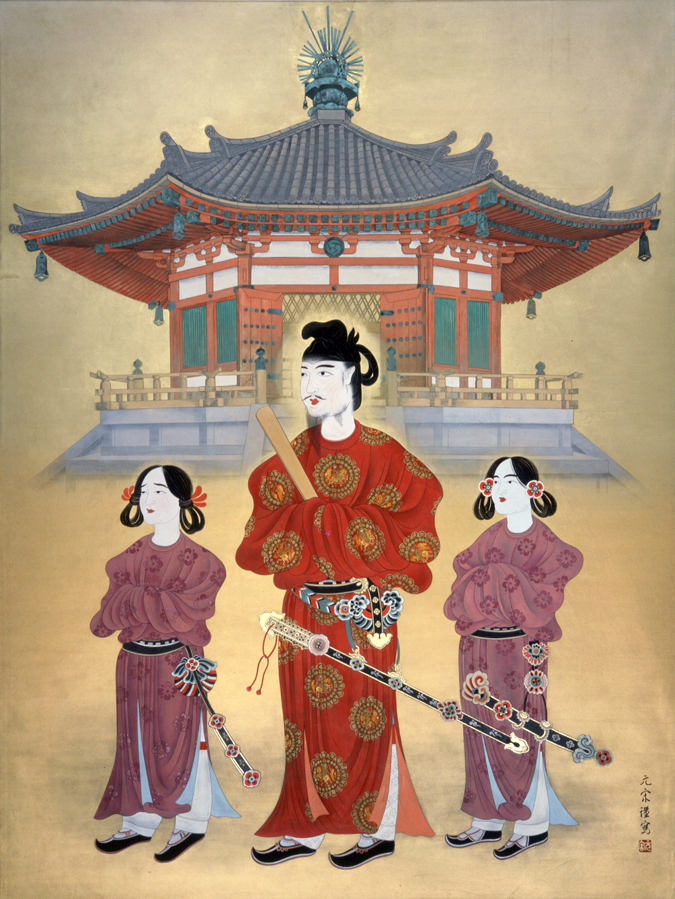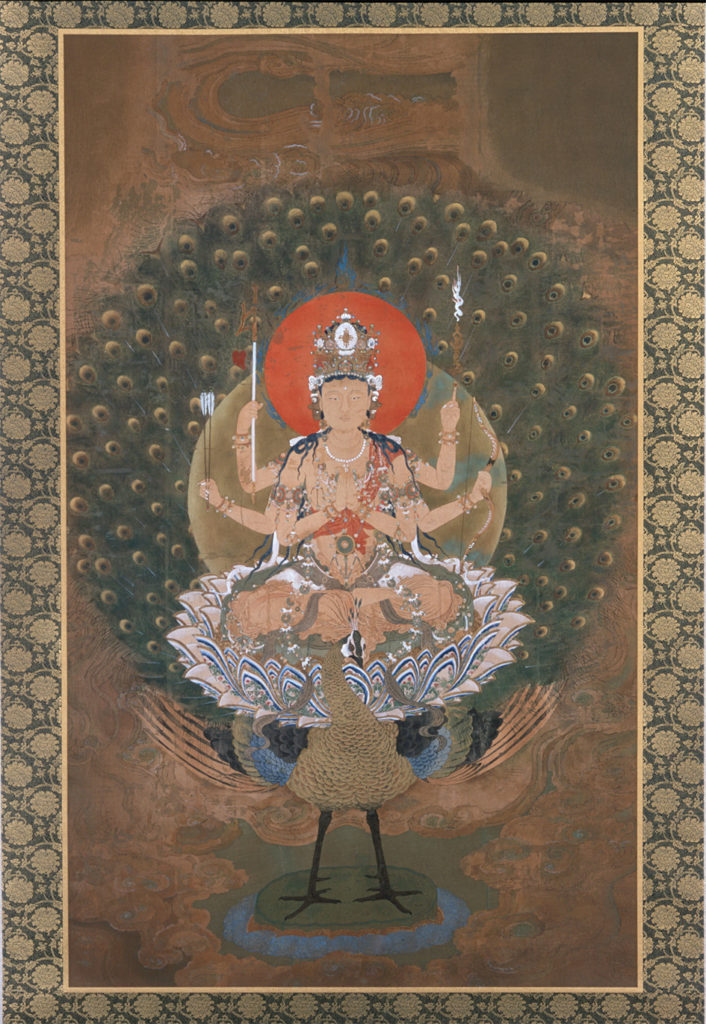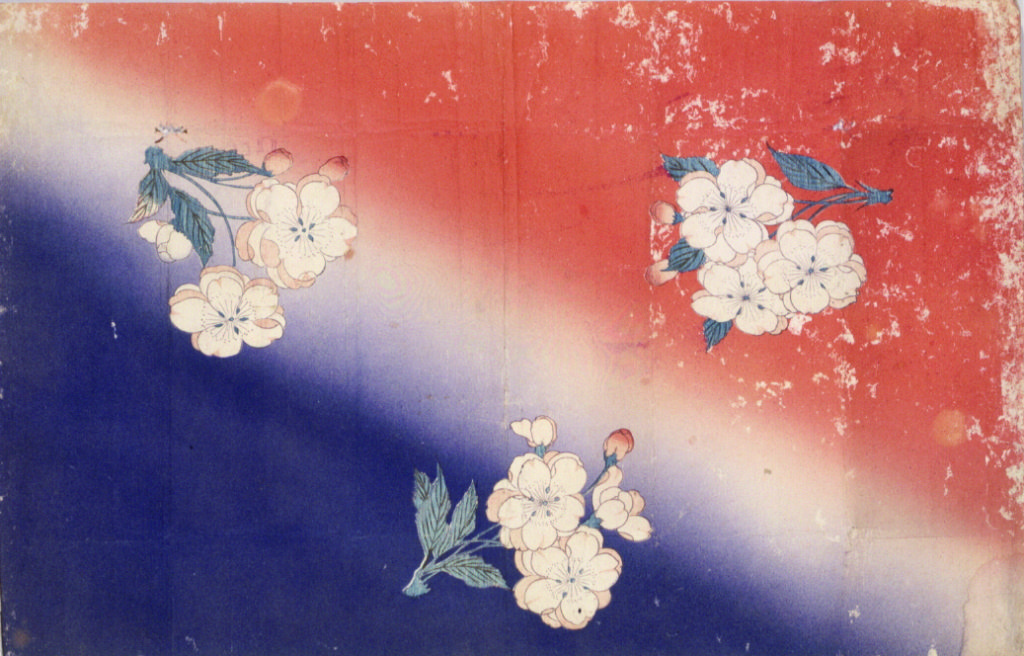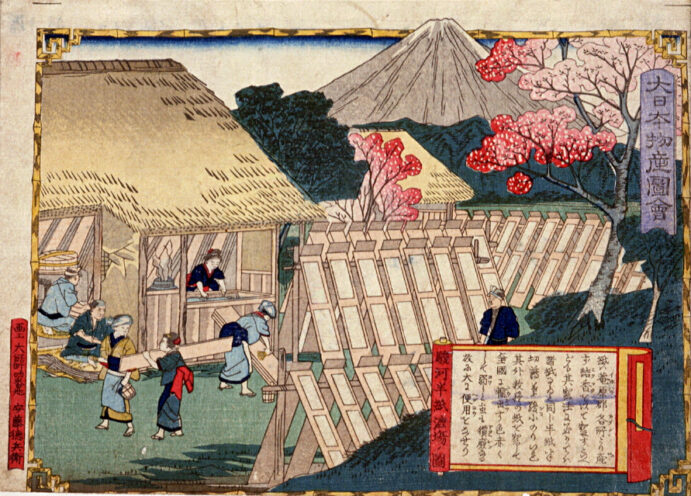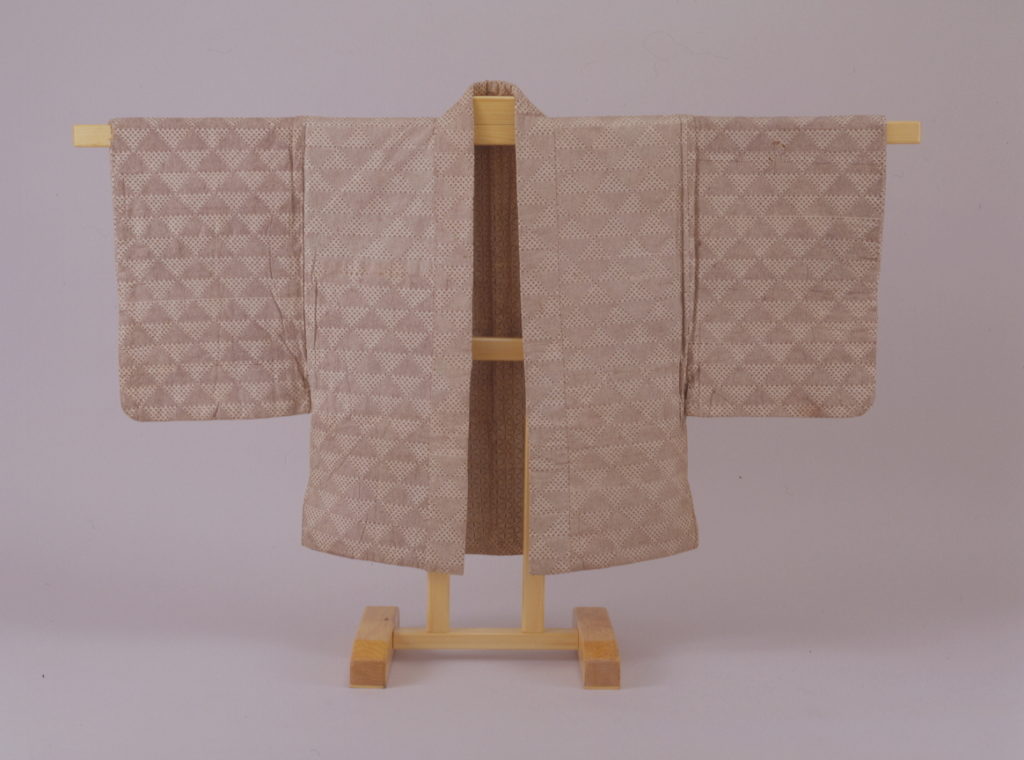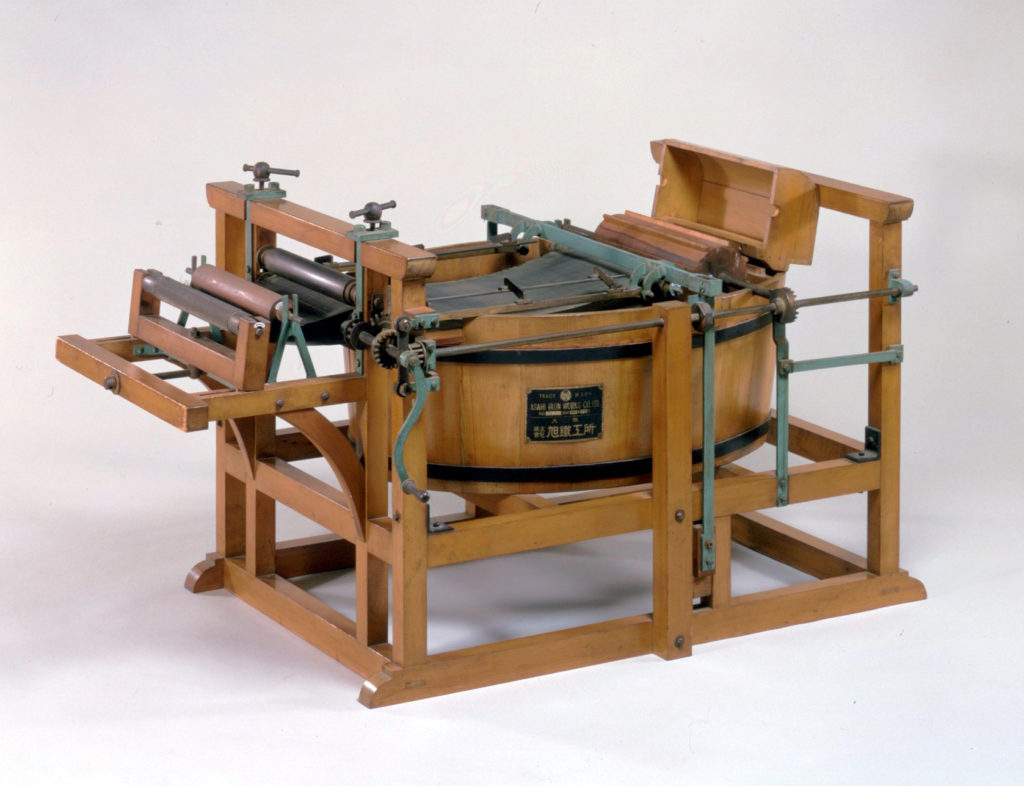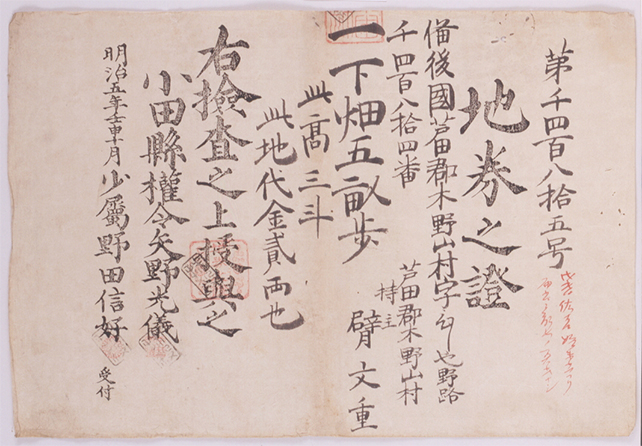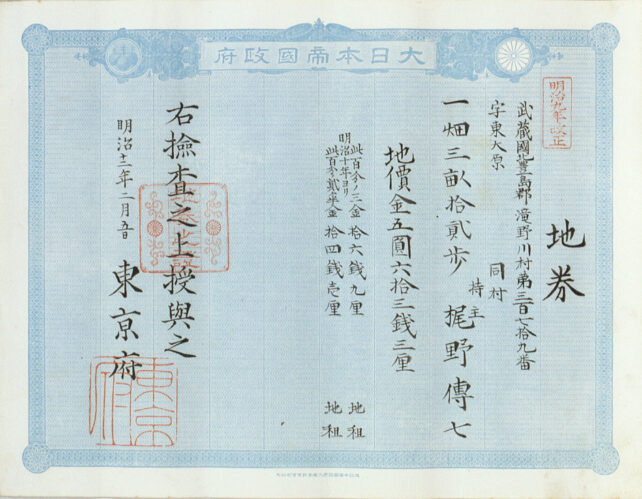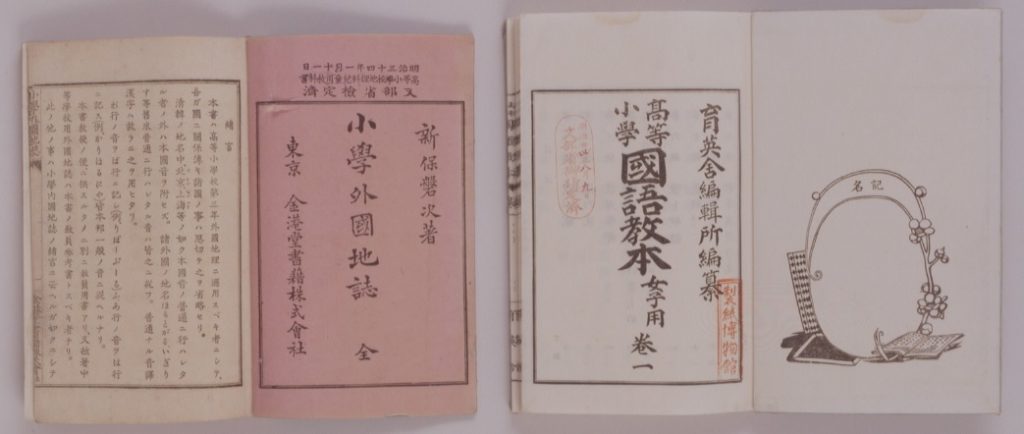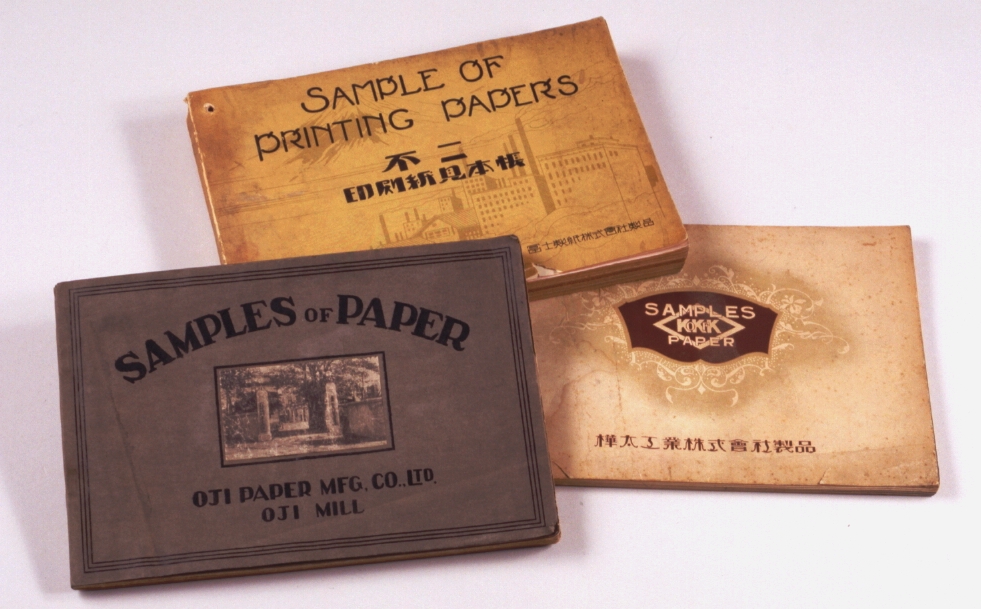1.Million Pagodas and Dharani(Buddhist charms which are one of the world’s first printed papers)
In 764 AD, after the rebellion of Fujiwara Nakamaro was suppressed, for the sake of the peace of the country, a million 3-storied miniature wooden pagodas were made by order of Empress Shoutoku. In 770, they were dedicated to Ten Major Temples including Houryu and Kofuk Temples. Dharanis (Buddhist charms) were placed inside the pagodas and are now regarded to be one of the oldest printed matter which the year of printing is bibliographically established. The paper used is made from hemp and Kozo material and regarding the method of printing, there are two schools, one asserting wood block and the other, copper plate. At present, a part of these 1 million pagodas and Dharanis remaining in Horyu Temple are designated national important cultural properties.

